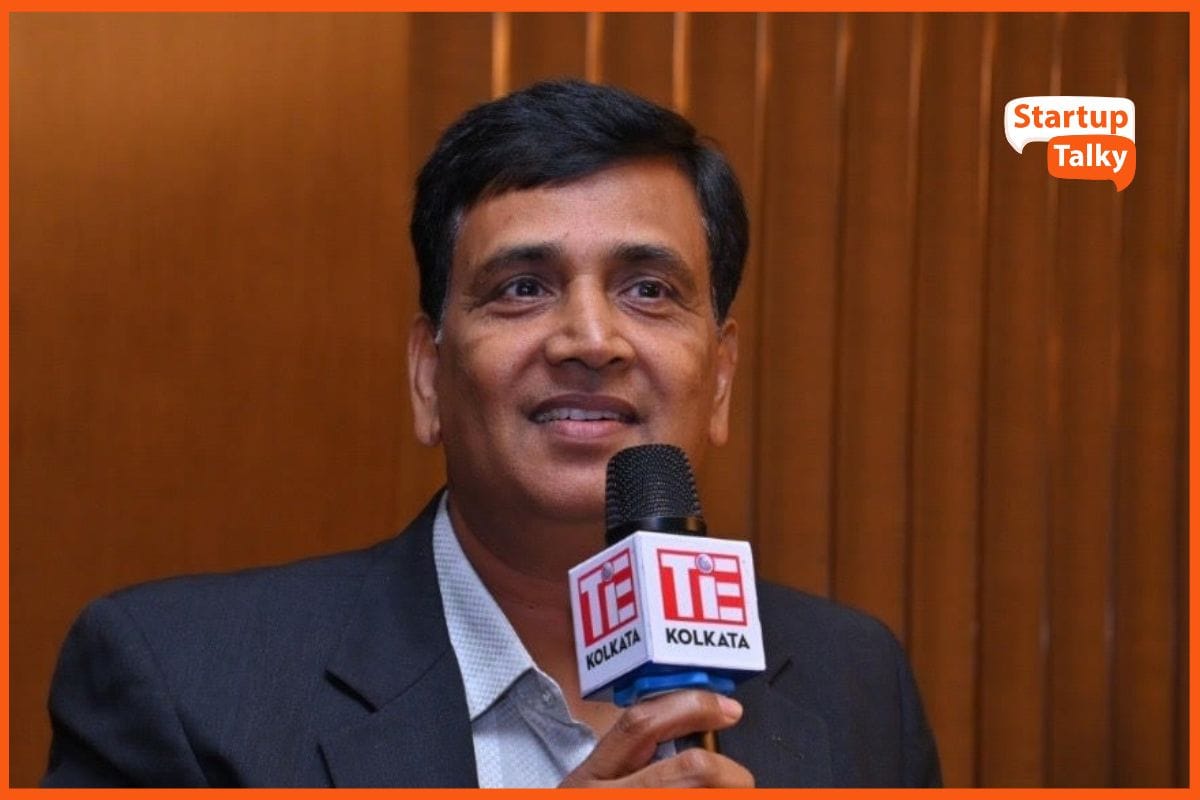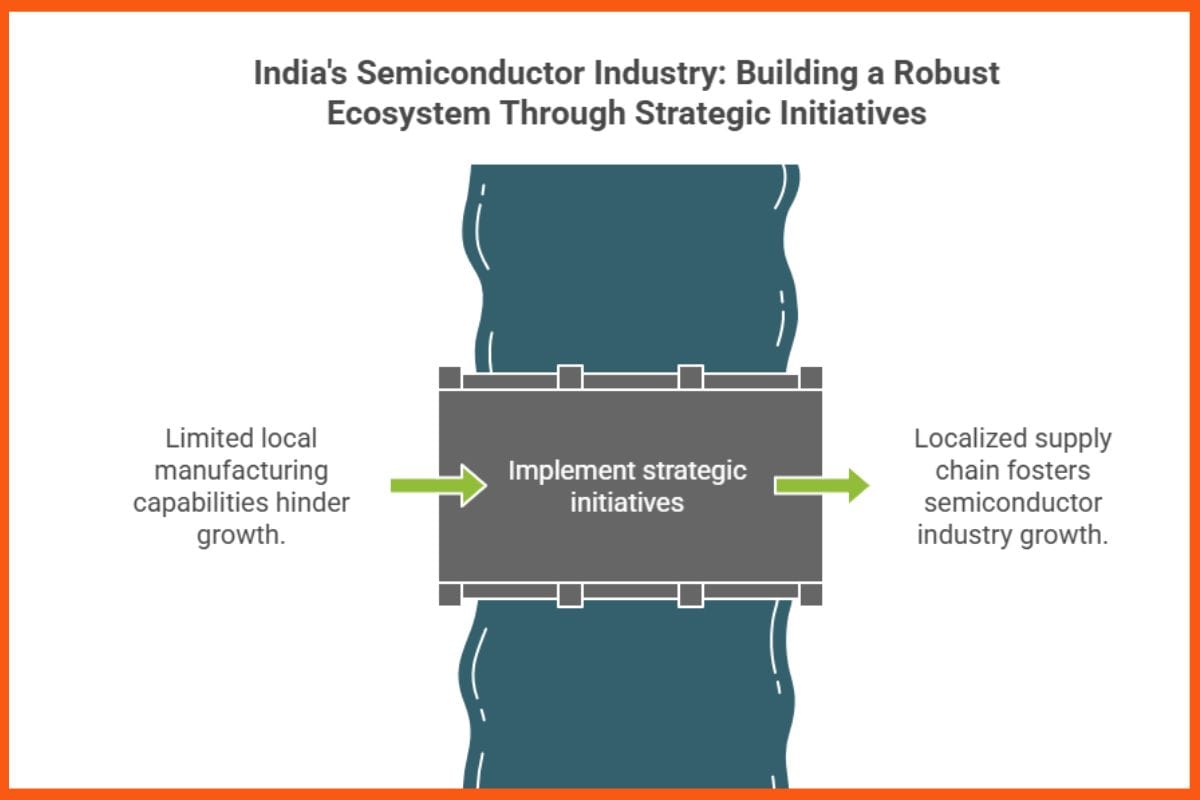This article has been contributed by Deven Shah, Chief Executive Officer & Whole Time Director of Jyoti Global Plast
The global semiconductor race is often described through the lens of billion-dollar fabrication plants, lithography machines and export controls. Yet, behind the gleaming cleanrooms lies a quieter contest, over who controls the invisible materials that make chips possible. A semiconductor can survive without a new building but not without its photoresist, specialty gases or contamination-proof packaging. These inputs rarely make headlines but are the scaffolding on which every advanced chip rests. For India, the challenge is not only to build fabrication capacity but to also secure this hidden ecosystem of chemicals and materials because without it, the country’s semiconductor ambitions risk incomplition.
Reframing Sovereignty
India’s push to host fabrication plants is commendable. However, true semiconductor sovereignty demands that we look beyond cleanrooms and lithography rigs, at the flow of ultra-pure materials that touch each wafer. The country must elevate chemical and materials infrastructure to first-order strategic assets. Otherwise, fabrication plants will risk dependency on fragile global supply chains and protracted qualification cycles.
Materials That Actually Make or Break Fabrication Plants
A chip is only as good as the materials that shape it. Photoresists, CMP slurries, specialty etchants and solvents, ultra-pure water systems and even protective polymers like wafer carriers, must meet cleanliness levels down to parts per trillion. They also require packaging that prevents outgassing and traceable delivery systems. These technical demands explain why only a few global players dominate semiconductor-grade materials, making import reliance more than a cost issue—it’s a strategic vulnerability.
Three Structural Bottlenecks that India Must Solve:-
- Supplier concentration and slow onboarding: Qualification of new materials involves multi-stage trials i.e., engineering, pilot, reliability, that can span over a year. Without off-take guarantees or government underwriting, domestic players struggle to bridge the cost-risk gap.
- Regulatory and infrastructure hurdles: Ultra-pure chemical production entails expensive water systems, hazardous-material handling and complex environmental clearances, each a structural deterrent.
- Resource fragility: Fabrication plants are water intensive, while port and logistics inefficiencies add delay. The global chip shortage of 2020–23 underscored how quickly shortages of one input like specialty gas or photoresist, could disrupt entire fabrication plants.

Entry Points: India’s Practical Path Forward

India doesn’t need to conquer the toughest nodes first. Several adjacent areas offer credible and low-barrier entry points:
- Specialty polymers and packaging
- Existing precision plastics or composites companies, particularly those with aerospace or clean-tech experience, can adapt to fabricate ESD-safe trays, wafer carriers and cleanroom components by introducing ultra-low-extractable resins, de-gassing/passivation processes and particle protocols.
- Clustered utilities
- Industrial gas companies are reportedly advancing plans to co-locate plants near fabrication hubs making gas, ultra-pure water and waste handling a planned industrial utility rather than adhoc supply.
- Partnerships for mid-tier chemistries
- Global firms like Merck are exploring joint ventures with Indian suppliers to localise production of slurries and solvents, backed by tech-transfer and supplier testing infrastructure.
- Supplier qualification labs
- Establishing independent and India-based labs for contamination analytics, outgassing tests and pilot qualification can dramatically reduce new supplier entry time and instill confidence in fab procurement.
An Overlooked Risk: Forever Chemicals and Sustainability
Beyond supply chain and economics, environmental risk from PFAS aka forever chemicals, is mounting in semiconductor manufacturing. These fluorinated compounds are used in lithography, etching and chamber cleaning, but they persist in the environment for centuries and have high global-warming potential. Modeling tools show how design and process choices can reduce PFAS usage significantly, a critical consideration as India scales fabrication plants responsibly.
Policy Levers to Build Ecosystem Scale
India has levers it can pull now to accelerate ecosystem resilience:
- Material-specific incentives: Subsidy schemes should reward production of ultra-pure chemicals, UPW systems and clean polymers, not just the fabrication plants.
- Streamlined regulation: Environmental and construction approvals for chemical clusters in semiconductor zones must be fast-tracked.
- Offtake assurances and ecosystem financing: Government should provide staged procurement or ecosystem funds to de-risk early manufacturers.
- Strategic global linkages: Indo–US semiconductor and CHIPS Act-linked initiatives should provide a platform for tech transfer in advanced materials.
Conclusion: Infrastructure That Can’t Be Seen—But Must Be Built
Fabrication plants alone will not deliver a resilient semiconductor industry. The strategic battleground lies in the upstream ecosystem—materials, gases, utilities, clean polymers, analyticsand validation labs. A two-track strategy is to onshore contamination-sensitive materials via polymer and packaging synergies, while collaboratively building capacity in high-barrier chemistries with global partners. Policymakers and industry must treat materials infrastructure as equally critical to lithography tools if India’s semiconductor ambitions are to endure.


Leave a Reply